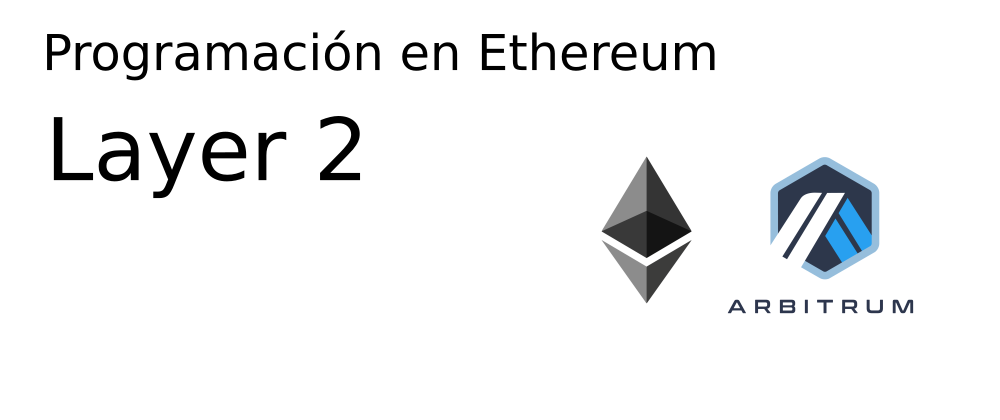Arbitrum está muy cerca de lanzar en Mainnet y estas son buenas noticias Ethereum.
Arbitrum es un protocolo de Layer 2 que implementa su propia versión de Optimistic Rollups. Arbitrum Testnet en Rinkeby ya fue lanzado así que en este video vamos a deployar un Smart Contract en dicho Testnet.
Asumiremos que estás familiarizado con Hardhat, te recomiendo este video si necesitas un repaso.
1. Preparativos
Asegúrate de tener fondos de Rinkeby en tu wallet de Metamask antes de iniciar. Puedes conseguirlos en el Faucet de Rinkeby.
- Dirígete hacia el Bridge de Arbitrum teniendo seleccionada la red de Rinkeby
- Agrega la red de Arbitrum Rinkeby en tu metamask haciendo click en "Add/Switch to Arbitrum Network"
- En tu wallet de Metamask y transfiere fondos desde "ETH on L1" hasta "ETH on L2".
Luego de esperar un rato deberías ver reflejado tu nuevo saldo en Metamask en la red de Arbitrum Rinkeby.
2. Lanzar un contrato en Arbitrum Testnet
Es bastante similar a lanzar un contrato en cualquier otra red. La única diferencia es cómo agregamos la red de arbitrum en hardhat.config.js.
mkdir MyHardhatProject
cd MyHardhatProject
npm install -save-dev hardhat
npx hardhat
Borramos el contrato contracts/Greeter.sol y lo reemplazamos el siguiente:
contracts/MyContract.sol
// SPDX-License-Identifier: MIT
pragma solidity 0.8.5;
contract MyContract {
string public hello;
constructor()
{
hello = "Hola mundo!";
}
function setHello(string memory _hello) public {
hello = _hello;
}
}
hardhat.config.js
require("@nomiclabs/hardhat-waffle");
const fs = require('fs');
const mnemonic = fs.readFileSync(".secret").toString().trim();
module.exports = {
solidity: "0.8.5",
networks: {
arbitrum: {
url: `https://rinkeby.arbitrum.io/rpc`,
gasPrice: 0,
accounts: {mnemonic: mnemonic},
}
},
};
scripts/sample-script.js
const hre = require("hardhat");
async function main() {
const MyContract = await hre.ethers.getContractFactory("MyContract");
const my_contract = await MyContract.deploy();
await my_contract.deployed();
console.log("MyContract deployed to:", my_contract.address);
}
main()
.then(() => process.exit(0))
.catch(error => {
console.error(error);
process.exit(1);
});
⚠️⚠️⚠️Copia tu Secret Recovery Phrase de Metamask en un archivo vacío y llámalo .secret. Agregalo a tu .gitignore. ¡No olvides agregarlo a tu .gitignore!⚠️⚠️⚠️
.gitignore
.secret
npx hardhat run --network arbitrum scripts/sample-script.js
3. Interactuar con el contrato
Interactuar con un contrato en Arbitrum Testnet a través de HardHat también es muy similar a hacerlo con cualquier otra red.
npx hardhat console --network arbitrum
Una vez dentro de la consola interactuamos con el contrato. Asegurate de agregar el address de tu contrato cuando ejecutes la funcion attack.
const MyContract = await ethers.getContractFactory("MyContract")
const my_contract = await MyContract.attach("0x5FbDB2315678....")
await my_contract.hello()
await my_contract.setHello("Probando...")
await my_contract.hello()
Gracias por ver este tutorial!
Sígueme en dev.to y en Youtube para todo lo relacionado al desarrollo en Blockchain en Español.









Latest comments (0)